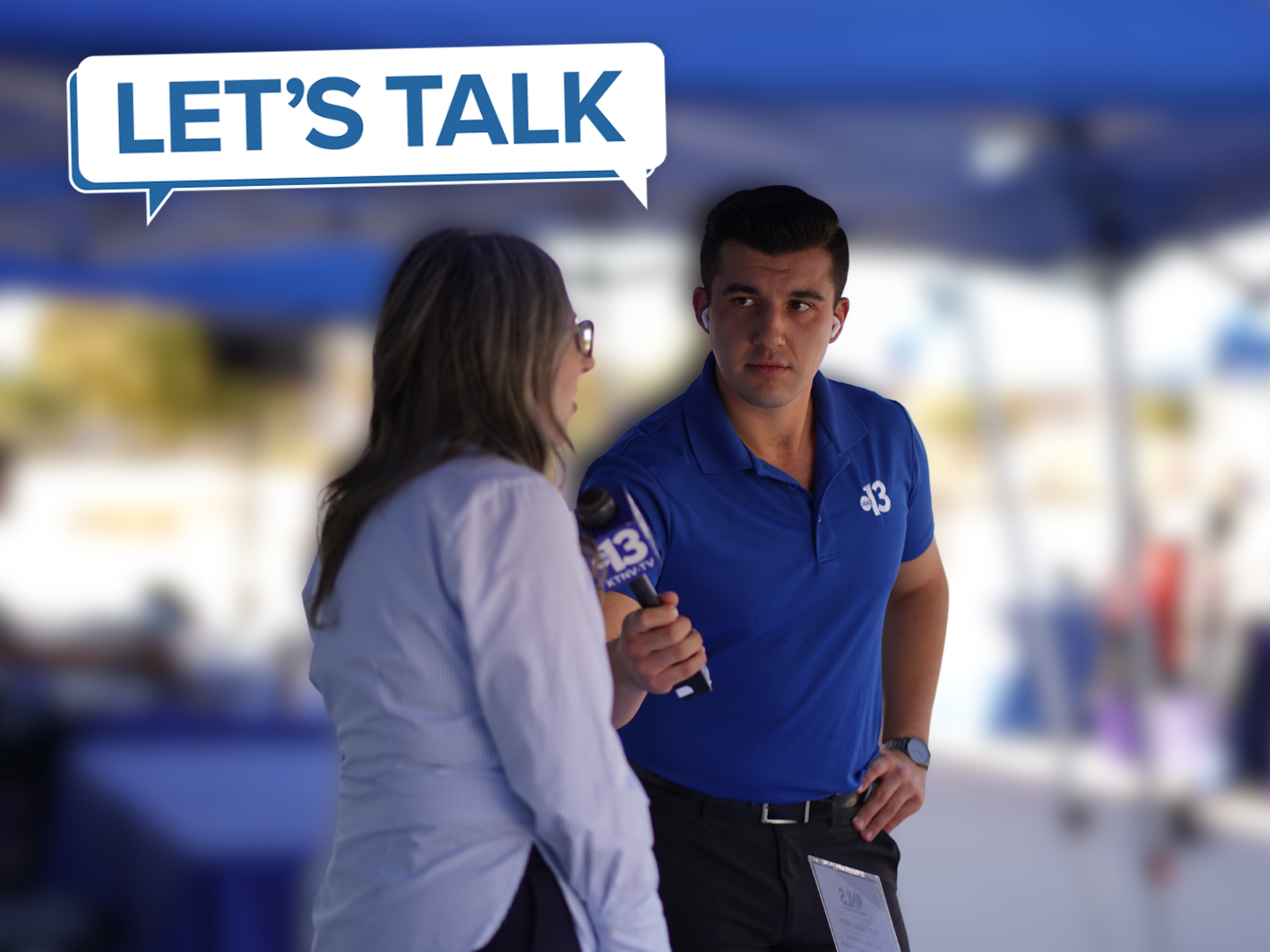LAS VEGAS (KTNV) — We are in monsoon season and just one storm can have some significant consequences. Fire crews here in the valley are training year-round to be ready for the call for help.
Anchor Abel Garcia found out how crews prepare for these storms and what you need to look out for to make sure you're safe this monsoon season.
Summer has arrived here in Las Vegas. Not only bringing hot temperatures, but also monsoons.
EXTREME WEATHER
"We can have an exceptional gust of wind, 90 miles per hour wind that knocks down entire trees. We can have downpours that deliver flooding rains in a really short time frame," says Channel 13 Meteorologist, Justin Bruce.
He says monsoon season starts mid-June and runs through September.
"The monsoon technically is just a seasonal shift in the wind that delivers increased moisture," says Bruce.
That seasonal shift can lead to a dangerous environment.
"We can see flash flooding. Rain can last a long time. And here in the desert, we know it doesn't take much rain to cause flooding issues," says Bruce.
He goes on to say, "During the monsoon, we can get an inch plus of rain in an hour or so and that causes massive problems."
With this in mind, fire and rescue crews train around the clock to be ready for the call for help.
From the moment the call comes in when the crews finally get on to the road to rescue whoever is in need. It takes less than a minute for these crews to get out there.
FIRE & RESCUE
At Fire Station 44, Las Vegas Fire and Rescue Battalion Chief Randall Wilbanks says they are always busy during monsoon season.
Crews are constantly preparing the equipment needed for rescues; from the raft, to ropes and drysuits, crews must be ready for any scenario these storms present.
"Just this year alone, in the last two months, we have trained over 600 of our staff for the basics of swift water rescue," says Randall.
"What are some of the significant signs that families and residents here in the area should take into consideration, especially during monsoon season?" asks Abel.
"When you see dark clouds forming around the edge of the valley. That's usually indicative of, you know, of course, we have a storm coming in and that's generally what leads to the flash flood concern," says Randall.
He goes on to say, "We recommend if you're inside, plan on staying inside for a while. If you're outside and you see a storm forming, it's a good idea to look for shelter immediately."
Justin Bruce says another critical thing you should do is stay informed.
"The onus is on people to stay weather aware. And if you hear thunder and if the sky is dark and gloomy or if you see a flooded roadway, don't drive through it. A lot of common sense is also involved," says Bruce.





